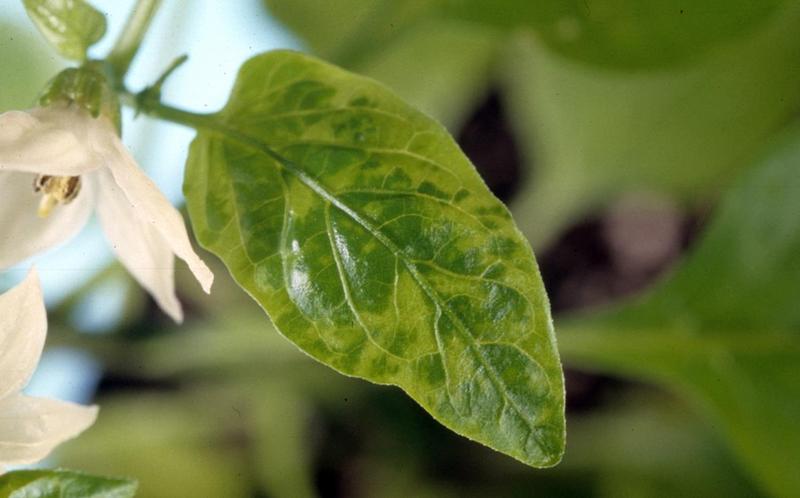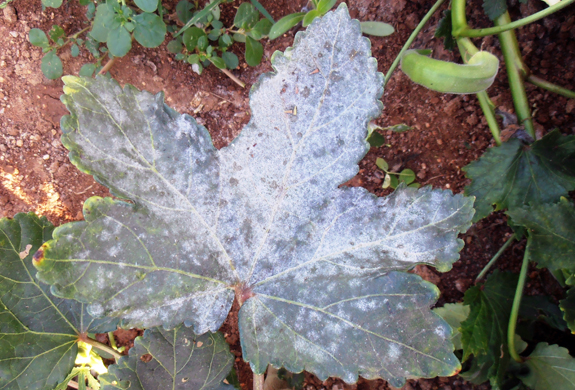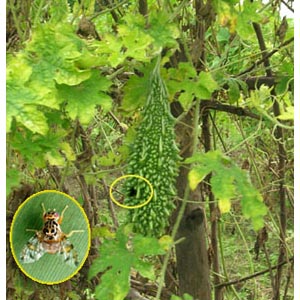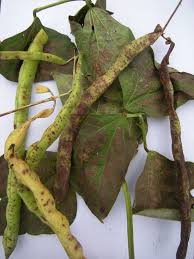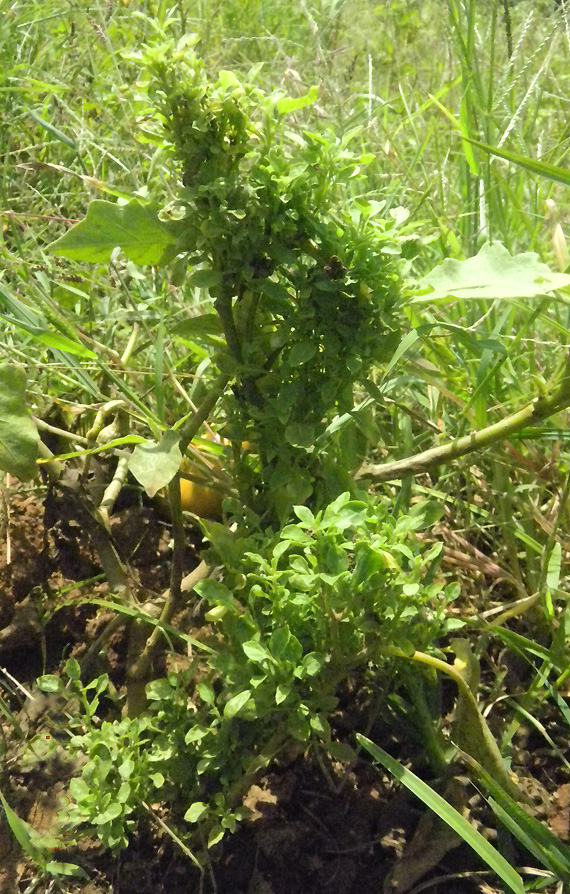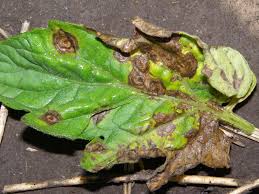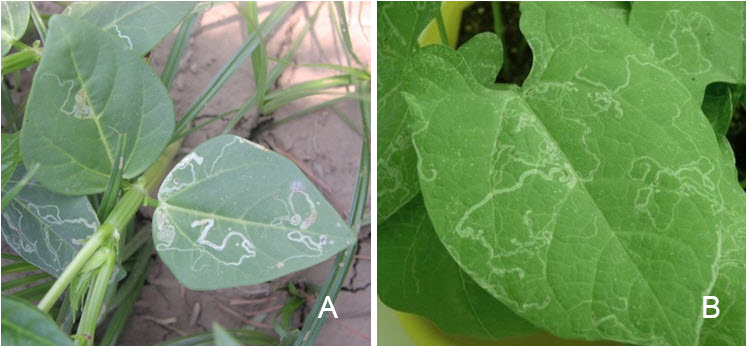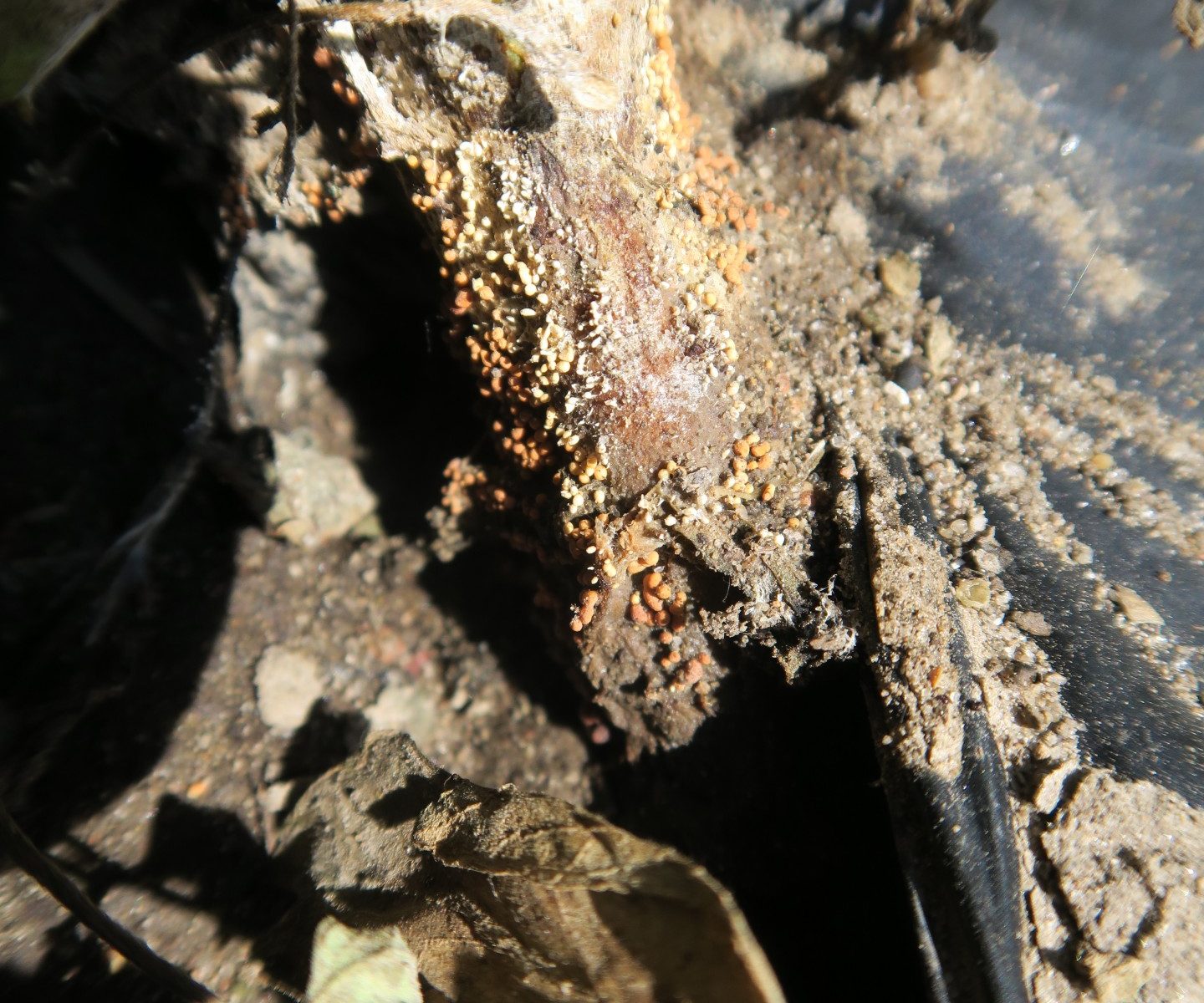Symptoms:-
- The important symptoms of the disease are Vein clearing. Yellowing and malformation of younger leaves, followed by conspicuous mosaic.
- Severe mottling with light and dark green patches. Scattered all over the leaf surface.
- Slight curling, marginal rolling and shortening of leaves takes place.
CONTROL
- Uprooting the infected plants.
- Cultivate of resistant/tolerant varieties like Pusa Jwala, Pant C-1, Pusa- Sadabahar, Panjab lal etc.
- Spray Dimethoat @ 2ml/litre of water at regular intervals to reduce the vectors.
Like and share with other farmers by clicking on button below.
Share
